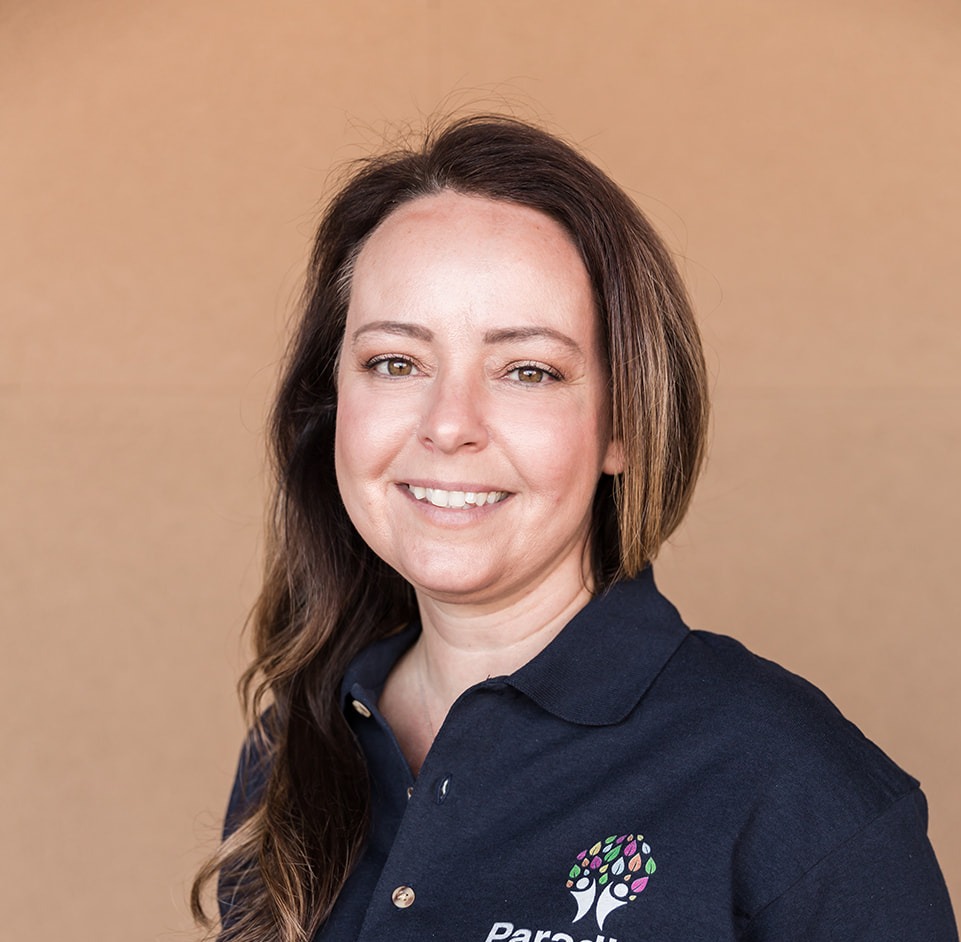How Is Paradigm Learning Changing Education?
- jodycordova

- Jul 6, 2022
- 3 min read
Updated: Jul 7, 2022
In 2021 Jack Trapp wrote an excellent Op-ed for Northwestern University titled Why the American Education System Is Failing Us. Here are two quotes from him before I describe briefly how we are shaking things up in the world of education at Paradigm Learning.
"Since the first public school opened in 1635 in what would become the United States, students have learned the same “basics” of education, with minimal changes over the centuries.
(My note: this is why the concept of taking us back to the one-room schoolhouse is flawed)
He continues:
"The problem is as follows: The “basics” of education are outdated and irrelevant in today’s technology-powered world, and the high school education system neglects the majority of students who deserve adequate preparation for their near future.
What have we done at Paradigm Learning to change the educational process into one that engages students and prepares them for the future? We have adopted two major adjustments to education, two over-arching, interdependent parts to our learning framework.
The first half of that framework is designed to maximize an effective learning process for each individual student. It consists of five elements which make up "Personalized Learning".
First, we develop a learning profile for each student. This is primary to achieve a personalized learning environment. It includes testing of course, but is much more. We incorporate interests, learning styles, and collect as much information as relevant and possible to help create an experience for the student that enhances, not detracts, from their learning experience.
Second, once the profile is complete we design an individual learning path for each student. There is no cookie-cutter program where students sit in a classroom with others who are all taught the same thing the same way. At Paradigm, each student has their own task and is able to learn at their own pace. We can do this because we do not use class-wide lesson planning or traditional grading systems. We care about the student's level in each area of study. They may be at a level of 3.2 in Math and 5.1 in English. Wherever it is, that is where the learning path begins in a way designed just for them.
Next, we provide a flexible learning environment. Here, technology is employed, but it may be used in more of a hands-on way. Other students do better with background music. Some are more comfortable when they collaborate with other students. Another may want isolation. The key is that the Paradigm Process seeks to cooperate with the student's preferences, not try to change them.
Fourth is student voice and choice. Students need to be involved in their learning. This is how the student becomes engaged and gains ownership. As they progress they connect what they are learning today with their interests, passions, and the world around them. It makes learning real. Students become increasingly prepared for an uncertain future because they always apply what they have learned.
The last critical element in Paradigm's Personalized Learning Process is allowing the students to show us that they have mastered these things. This incorporates concepts like project-based learning, genius hour, more dimensions of technology, community service, among others.
The second half to our framework is Learning Zones. This part is not like the typical learning stations we experienced in the past. Those had a station for math, another perhaps for English, and so on. Paradigm's Learning Zones are something altogether more useful. It is something the educational system, incredibly, has not addressed: the processes or stages of learning. To put it simply, learning how to learn well for the future. Ultimately, we remember 2% of what we hear but 95% of what we experience. We seek the latter!
There are five Paradigm Learning Zones: Researching and learning, Instruction, Quiet Imagining/reflection (my dad calls it mulling over stuff), Collaboration, and Application. This is how we learn today for tomorrow. It is how we will experience learning, not just memorize lists of disconnected facts. Each student will engage in this process repeatedly. The goal is categorically NOT to recite the names of the five zones. We want the process practiced every day so it becomes the fabric of learning, a part of who they are so that in the future, any topic or problem they encounter can be addressed naturally, automatically, efficiently and thoroughly. It teaches critical thinking skills. One of the side benefits of this process is that it can be learned at any age.
We will end this post with one more quote from Trapp's Op-ed: "The system is deeply flawed, but it is not beyond repair. With some major adjustments, we can stop sending our graduates into the working world with so few useful skills to rely on. We don’t live in the world of our ancestors, so we shouldn’t be taught like them. Students should learn to navigate free and readily available information, not memorize it.
If you want to read Trapp's article in its entirety you can find it at: https://huntnewsnu.com/64775/editorial/op-ed-why-the-american-education-system-is-failing-us/


Comments